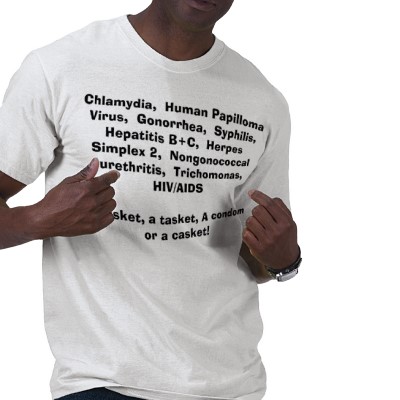
Sexually Transmitted Infections (STI) are infections that are transferred from one infected person to another through means of sexual intercourse which includes anal, vaginal or oral sex. Even a single act of sexual intercourse with an STI infected person is sufficient enough to give you an STI. People from all over the world of different backgrounds and age groups can fall victim to these infections.
You might be used to hearing the term “STD,” or Sexually Transmitted Disease. The term STI has been replacing STD over the years. The concept of STD implies a ‘disease’ which in general terms is a medical problem where there are some obvious symptoms and visible signs. but in reality there are many patients suffering from STDs’ with no possible symptoms or signs of these diseases. They often overlook the meagre signs and hence end up confused. Keeping this scenario in mind, experts over the years have been moving away from using “STD” and instead towards using “STI,” describing these sexually transmitted viruses and bacteria as creators of ‘infection’, which further may or may not convert into ‘disease’. Human papillomavirus (HPV), Gonorrhoea, Chlamydia, Syphilis, Genital warts, HIV/AIDS, and Herpes are a few examples of STI/STDs.
Anyone and everyone who has indulged in unsafe sexual intercourse are susceptible to STI. Unsafe sexual behaviour where a person has sex with multiple partners without protection – i.e. condoms – is dangerous. Unsafe sexual behaviour also involves having sexual contact with an already infected partner without the use of condoms. STIs can develop into serious illnesses and so require timely treatment. STIs can be identified through various signs and symptoms.
Men with STI generally complain of:
- Genital ulcers which look like pimples on the penis shaft or surrounding areas
- Pain or burning sensation while passing urine
- A white thick fluid discharge from the urethra
- Swelling in the groin area
- Blisters on and around genitals
- Redness or swelling near the penis
- Night sweats and loose stools
Women with STI have common complaints of:
- Vaginal discharge which is thick and foul in smell
- Pain in lower abdomen area
- Ulcers, blisters and wounds around the genital area
- Severe itching around vaginal area
- Skin rash
- Fever, aches and weight loss
- Painful sex
Both men and women can carry one or multiple symptoms, however many people suffering from STI/STDs may not show symptoms. As a result it becomes immensely important to identify them at a treatable early stage. You or your partner may be carrying the virus or bacteria without realizing it, so it is always recommended to practice safe sex. Use a condom with every act of vaginal, anal, and oral sex to prevent transmission of the infection.
Get tested regularly – every 3-6 months – if you are sexually active. If you think you may have contracted an STI, see a doctor immediately. If you test positive for an STI, tell your partner(s) so s/he can also get tested immediately.